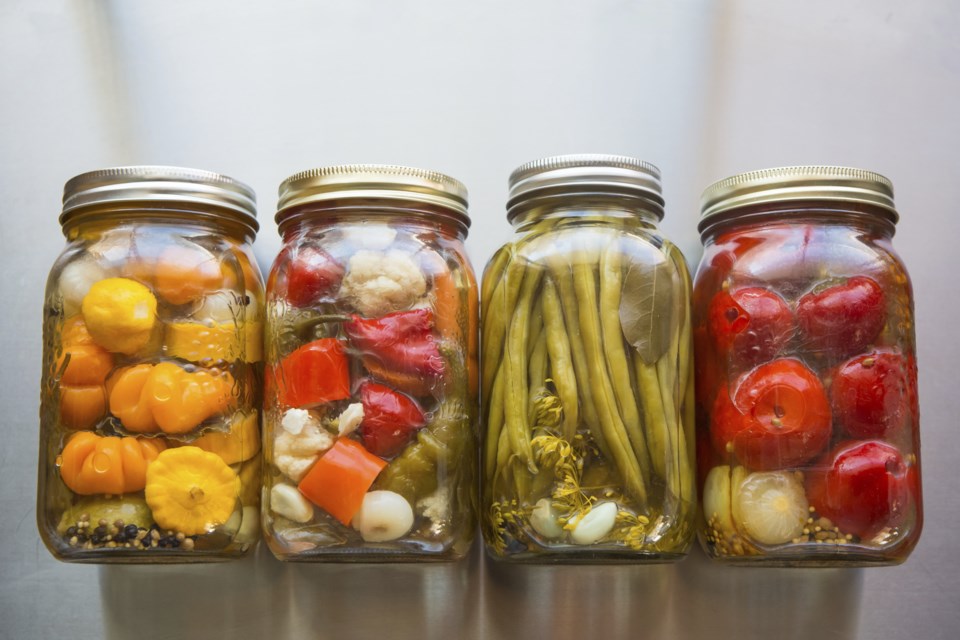The art of preserving foods has been around for centuries and every culture has their own technique. Remember grandma’s canned pickles, peaches, or fragrant ferments like kimchi or sauerkraut? For many, techniques and recipes have been passed down through generations.
In our modern world, not only is preserving food a great way to save and savour summer’s bounty for the fall and winter, it is also a means to be sustainable and economical, not to mention it will also come in handy during the inevitable zombie apocalypse!
You don’t have to be a pro canner to preserve your food. In fact, there are many other ways that you can preserve food. Here are a few:
Fermenting
At first it started by accident, being discovered rather than invented. An example would be a few grains of barley left in the rain, swarmed by opportunistic microorganisms fermenting the sugars into alcohol, and resulting in a beverage we now call beer.
Fermentation is the process in which bacteria break down carbohydrates and proteins into carbon dioxide. This process makes foods more digestible, nutritious, and delicious.
Making your own is always the best option, as commercially made ferments are often pasteurized, killing the beneficial bacteria, but also check out locally made brand Rooted Nutrition, available at local health food stores like Choices Markets.
Freezing
Make a big batch of soup, chili, stew, etc. and freeze for future consumption. Or buy extra berries and other summer fruits and veggies to freeze for use in the winter. I personally can’t get enough of those heirloom tomatoes!
An added bonus to freezing is that it will preserve the nutritional value, texture, and flavor. Make sure when freezing hot foods to bring down to room temperature before freezing. Save glass jars to reuse them for freezing foods, and make sure to leave a centimetre or two on the top.
Drying
You don’t need a dehydrator to make delicious dried goodies; just turn your oven as low as it will go and voila. The internet is full of great recipes and drying techniques. Dried foods make wholesome nutritious snacks for both adults and kids.
Canning
Pioneered in the 1790s, canning is the “newest” form of preservation. While you don’t have to be a pro, you do need to have patience and the right equipment to be successful. Invite a few friends and have a canning party, each with your own specific job in the process, and share in the vast awesomeness that is canning. Canned foods generally keep for up to a year and make awesome gifts! For great beginner resource on canning and other types of preservations check out the amazing book 'Put ‘em Up', by Sherri Brooks Vinton.
THIS WEEK'S RECIPE:
CHICKEN NOODLE SOUP
Double recipe for freezing
2 free-range organic chicken breasts, cooked and chopped (omit for veg version)
1/2 onion, minced
4 cloves garlic, minced
4 stalks of celery, chopped
4-5 carrots, chopped
5 small potatoes, cut in small pieces
Brown rice noodles
(a handful or two)
4 cups broth
1 Tbsp coconut oil
Handful of chopped cilantro
1. Saute onion and garlic in oil until brown.
2. Add the rest of the chopped vegetables and sauté 10 min.
3. Add broth and simmer for 15 min.
4. Add noodles, cilantro, and chicken, cover and simmer on low until noodles are soft.



